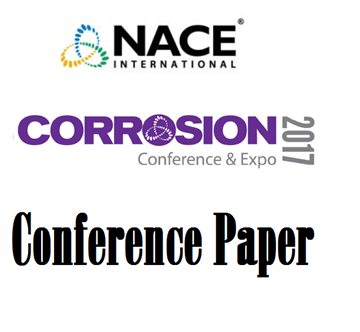Fast Onsite Quantification and Monitoring of Monoethanolamine In Crude Oils Using Field Asymmetric Ion Mobility SpectrometryAuthors: Sai Reddy Pinappu Kwadwo Sarpong Zhenning Gu Corina Sandu George DugganHexahydrotriazin-based hydrogen sulfide (H2S) scavengers are the most successful and commonly used additives in the oil and gas industry. One of the reaction products of this process is free amine. This amine along with other excess amines possibly from the scavenger manufacturing process in the crude oil are commonly collectively referred to as “tramp amines”. The most common tramp amines from H2S scavengers are mono-ethanolamine (MEA) and methylamine (MA). One major problem that these tramp amines pose to the refinery is the potential to form corrosive amine hydrochloride salts in the tower and overhead section of the crude distillation tower. Among these tramp amines MEA has the highest potential of forming corrosive salts. To date monitoring for the presence of tramp amines relies on ion chromatography (IC) which usually requires a day or longer to provide results. The delay in receiving data with IC prevents the refiner from taking proactive corrective actions.This paper presents a field methodology for detection quantification and monitoring of MEA concentration in crude oil. The methodology comprises specific sample preparation protocols coupled with detection and quantification via a field-deployable analyzer of field asymmetric ion mobility spectrometry (FAIMS). The approach enables quantification of MEA down to 1 ppm level in crude oils. This fast on-site quantification of MEA when combined with the Baker Hughes Corrosion Risk Monitor Program enables a comprehensive mitigation of MEA hydrochloride salt risk. Timely corrective actions can be then implemented as necessary to achieve the desired unit operating efficiency and profitability.




